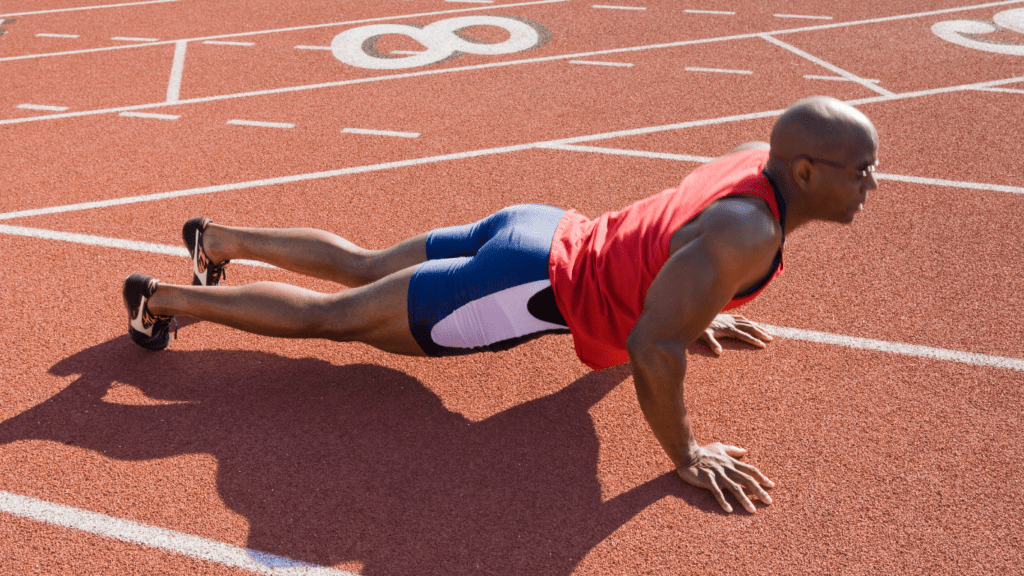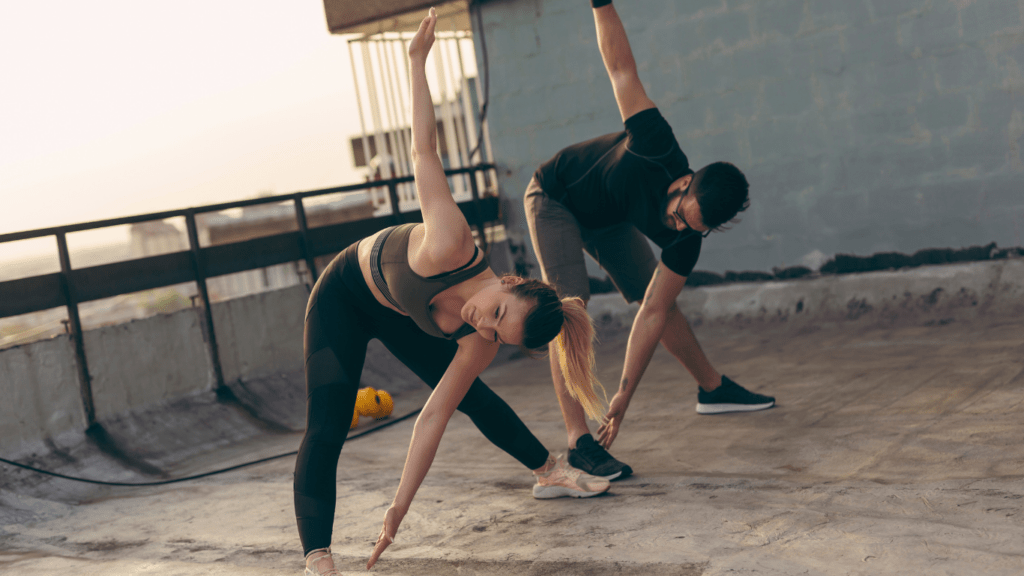I’ve learned that what you do before and after a workout can be just as important as the workout itself. Warm-ups and cool-downs aren’t just optional add-ons—they’re essential for boosting performance and preventing injuries. Whether you’re a seasoned athlete or just starting out, these techniques can make all the difference in how you feel and perform.
Skipping a proper warm-up can leave your muscles stiff and unprepared, while neglecting a cool-down might slow your recovery. The right techniques help your body transition smoothly in and out of intense activity. In this article, I’ll share five essential warm-up and cool-down methods every athlete should know to stay at the top of their game.
Importance Of Warm-Up And Cool-Down
Warm-ups and cool-downs significantly impact athletic performance and recovery. Warm-ups increase blood flow, raise muscle temperature, and enhance flexibility, preparing the body for high-intensity activity. This helps reduce the risk of strains, sprains, and other injuries.
Cool-downs promote recovery by gradually lowering heart rate and assisting in the removal of lactic acid buildup. This process helps minimize muscle stiffness and soreness, ensuring quicker recovery for subsequent workouts or competitions.
Inconsistent or skipped routines can lead to reduced performance and a higher likelihood of injury. Consistent practice of these techniques improves:
- muscle efficiency
- joint mobility
- overall endurance
Each session starts optimally with a proper warm-up and ends effectively with a deliberate cool-down.
Warm-Up Techniques
Warm-ups prepare the body for physical exertion, increasing circulation and flexibility while lowering injury risk. Effective warm-ups include dynamic movements, cardio exercises, and sport-specific drills.
1. Dynamic Stretching
Dynamic stretching involves active movements that stretch muscles without holding a position. It improves range of motion and activates key muscle groups. Examples include leg swings, arm circles, and walking lunges. I incorporate these stretches to loosen major joints and enhance flexibility before high-intensity sessions.
2. Cardiovascular Warm-Up
Engaging in light cardio raises heart rate, boosts blood flow, and elevates muscle temperature. Activities like jogging, cycling, or jumping jacks for 5-10 minutes encourage oxygen delivery to muscles. I find combining cardio with dynamic stretches maximizes overall readiness for physical activity.
3. Sport-Specific Drills
Sport-specific drills mimic movements performed during actual gameplay or exercise routines. These activities target relevant muscles and improve neuromuscular coordination. Examples include dribbling drills for basketball players, volley drills for tennis, or practice swings for golfers. Performing these drills fine-tunes skill execution and ensures an optimal start.
Cool-Down Techniques

Cool-down techniques help transition the body from exercise to rest and minimize post-workout discomfort. These techniques support recovery by helping muscles relax and restoring the body to its baseline state.
Static Stretching
Static stretching involves holding a stretch for 15-30 seconds to lengthen specific muscles. This helps improve flexibility and reduce muscle tightness caused by exercise. For example, holding a hamstring stretch after a run loosens the back of the thigh and reduces soreness. Perform stretches that target major muscle groups used during your activity, like quadriceps after cycling or the chest after upper-body workouts. Engage in controlled breathing to enhance relaxation.
Active Recovery Exercises
Active recovery exercises such as light jogging, walking, or cycling at low intensity help decrease heart rate gradually. These movements promote blood flow, which flushes out lactic acid and prevents stiffness. For instance, walking for 5-10 minutes after sprinting restores normal circulation and aids muscle recovery. Include full-body movements like arm swings or trunk rotations to release tension and maintain mobility.
Benefits Of Proper Warm-Up And Cool-Down
Proper warm-ups and cool-downs optimize physical and mental readiness while reducing injury risks. Warm-ups improve muscle flexibility, raise core temperature, and prepare the cardiovascular system, directly enhancing exercise efficiency and performance. Cool-downs facilitate recovery by stabilizing heart rate, preventing blood pooling, and aiding in muscle repair.
Injury Prevention
Warm-ups reduce the likelihood of strains and tears by loosening muscles and increasing joint mobility. For example, dynamic stretches activate key muscle groups used during workouts, promoting better movement control. Cool-downs also help counteract stiffness by relaxing muscles and easing transitions to a resting state.
Enhanced Performance
Effective warm-ups amplify oxygen delivery to muscles, improving endurance and reaction time. Activities like jogging raise the heart rate gradually, promoting higher energy production. Similarly, targeted cool-downs like light stretching enhance flexibility and circulation, maintaining muscle function.
Accelerated Recovery
Cool-down practices minimize lactic acid buildup and muscle soreness, reducing recovery time. Light jogging or walking, for instance, ensures continuous blood flow, removing waste products from muscles. Appropriate post-exercise stretches further reduce tightness, improving recovery efficiency.
Improved Mobility
Warm-ups enhance range of motion, which is essential for activities requiring dynamic movements. Sport-specific drills, for example, prepare muscles for precise actions like jumping or pivoting. Cool-downs prevent long-term stiffness, ensuring consistent mobility over time.
Common Mistakes To Avoid
- Skipping warm-ups or cool-downs compromises performance and increases injury risk. Preparation and recovery are essential for optimal athletic results.
- Performing static stretches before a workout reduces power and hinders explosive movements. I avoid holding prolonged stretches during warm-ups, focusing instead on dynamic movements.
- Rushing through the process leads to incomplete warm-ups or insufficient cool-downs. If I rush, I risk inadequate muscle preparation or recovery, leaving my body prone to stiffness and strain.
- Ignoring sport-specific needs weakens overall effectiveness. Tailoring my techniques to match the demands of my activity ensures better readiness and recovery.
- Stretching incorrectly, such as overstretching or improper form, can strain muscles or joints. I maintain proper form and avoid pushing beyond a comfortable range to prevent injury.
- Ending intense workouts abruptly causes blood pooling and dizziness. Gradual transitions through active recovery help me regulate heart rate and circulation effectively.



 Lead Training Analyst
Lead Training Analyst
